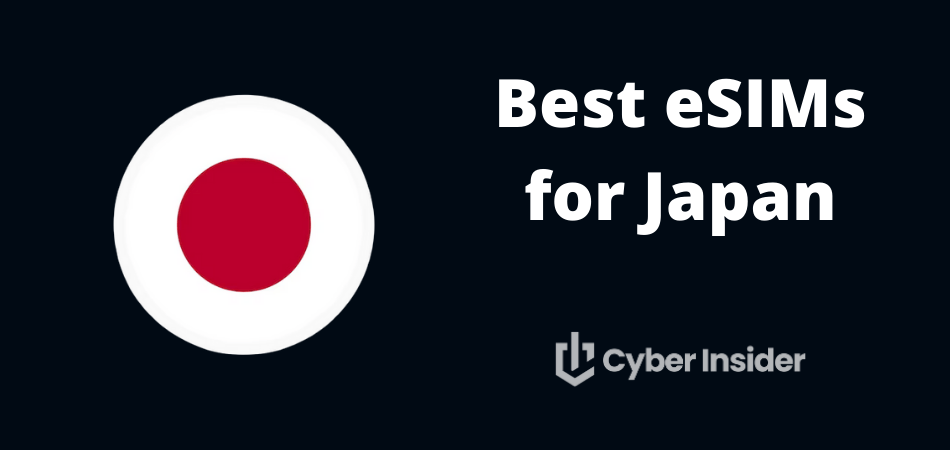
From the jaw-dropping nature of Mount Fuji to futuristic urban centers like downtown Tokyo, there’s plenty to see in the Land of the Rising Sun. In addition to your regular stuff, you should also have an eSIM to establish a reliable connection. This choice may not be easy, but fortunately, today's article will help you find the best eSIM for Japan.
Let's hit the road together, shall we?
Key Takeaways
- Top eSIM providers for Japan include Saily, Ubigi, Airalo, and aloSIM, known for dependable connectivity and offers that suit short and long-term travelers.
- With flexible and affordable plans, eSIMs cater to users of varying data usage needs.
- eSIM activation is a straightforward endeavor, and the simplicity of these apps makes managing data expenditure as easy as possible.
Benefits of using an eSIM
eSIM is a digital SIM card that eliminates the need for a physical SIM card. While this technology is super useful when you use it locally, it’s much more effective for international travel. Here are the main benefits of switching to an eSIM for your Japan trip:
Convenience
With an eSIM, you no longer need to go through the hassle of dealing with physical SIM cards. The days of tracking down a local SIM are over, as you can now activate your eSIM plan with a QR code before you even land at your destination. You know what this means, right?
Instant connectivity!
Flexibility
Another reason why more and more travelers opt for eSIMs these days is the flexibility they offer. You can find a plan that perfectly meets your connectivity needs — from duration to the amount of data.
Plus, there are regional plans that cover multiple countries, meaning digital nomads and backpackers can avoid the hassle of constantly looking for local data plans.
Affordability
Generally speaking, eSIMs are much more cost-effective than traditional SIM cards. For starters, the pricing is more competitive as there is no physical production involved. There are also no hidden fees that cellular providers are notorious for, and since you can choose a plan that matches your traveling itinerary to a T, you’ll avoid any unnecessary costs.
Network coverage and performance
We’re willing to bet your biggest concern is performance and network coverage, especially if you’re not familiar with how eSIM providers operate. To keep things short, major eSIM companies have excellent connectivity in all parts of Japan.
Urban coverage
Most eSIM vendors partner with local cellular companies such as NTT Docomo and SoftBank to get you online. This means you’ll enjoy high-speed internet in urban areas, no different than if you used a local data plan.
However, this also means you’ll experience some dips in speed during higher data traffic periods.
Rural coverage
Similarly, you’ll be able to establish a solid connection in more rural areas. Again, since local coverage can vary, don’t be surprised if you experience a hiccup or two when exploring remote sights.
Top eSIM providers for Japan
All the providers on the list are reputable and known for their solid performance and overall reliability. Seamless connectivity and ease-of-use are the rules of the game here and each company listed is dedicated to offering an enjoyable experience.
Here are the top choices:
| Provider | Network size | Phone call support | Extra features | Price |
| Saily | 200+ | No | VPN features incl. ad blocker and threat protection | $1.99 for 1GB |
| Airalo | 190+ | Yes (global plan only) | Loyalty and referral program | $4.50 for 1GB |
| Ubigi | 200+ | No | Annual and monthly plans | $2 per day (500MB) |
| aloSIM | 175+ | Yes | / | $4.50 for 1GB |
1. Saily — Best overall for Japan
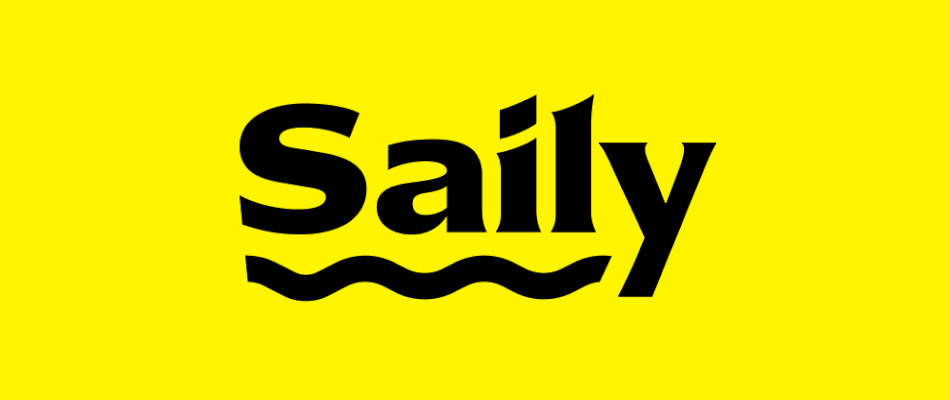
| Starting price | Start at $1.99 for 1GB |
| Platform compatibility | Android and iOS |
| Number of countries | 200+ |
| Supported mobile networks | 3G, 4G, 5G |
| Coupon | 5% off any Saily plan > |
As an eSIM solution created by Nord Security (of NordVPN fame), Saily is quickly gaining traction in a relatively saturated market. With exceptional coverage and performance, this eSIM ensures you always have a solid connection when trekking through samurai land. it also makes sure that you stay as safe as possible through a series of complementary VPN features like ad blocker, web protection, and virtual location.
The app is effortless to use even for users who aren’t well-versed in technology. In case you somehow do run into any hitches, Saily’s 24/7 customer support is top-notch, which is a testament to just how user-centric this provider really is.
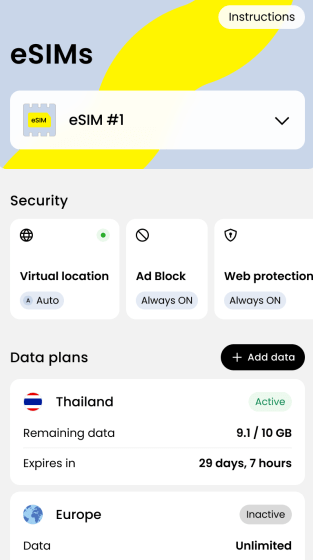
The only downsides are no voice call support. This is something we can live with. Saily’s data-only nature is a limitation, sure, but not something that can’t be circumvented by using voice call apps like WhatsApp.
Pricing
Saily offers affordable and flexible data plans catering to users of varying requirements, making it an amazing potential all-rounder for your next Japan trip.
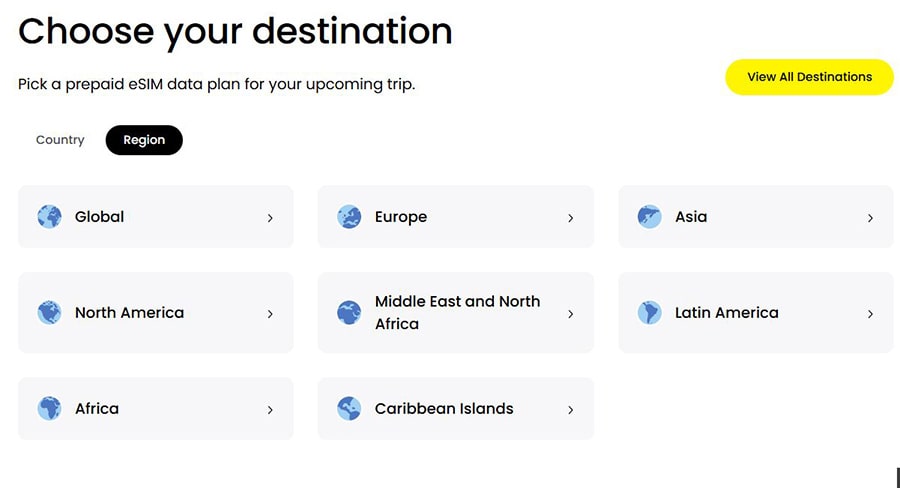
A 7-day 1GB plan costs just $3.99, while a 30-day 3GB plan is appropriately priced at $6.99. More extensive plans are also available. For a 30-day 5GB plan, you’ll have to cash out $9.99, while 10GB and 20GB options (30-day duration) will set you back $15.99 and $22.99.
All in all, there is nothing to complain about with Saily. as it’s arguably the best eSIM for Japan if you want reliability and premium features in a simple package.
+ Pros
- Worldwide coverage of 200+ countries
- User-friendly user interface
- Simple to install
- Works on Android and iOS devices
- Mobile hotspot support
- 24/7 customer service
- No hidden fees
– Cons
- Data-only (no SMS or phone calls)
Exclusive Discount for Saily
Get 5% off any Saily plan when you use the code Cyber5.
(Coupon code is applied automatically with the link above.)
2. Airalo — Most affordable
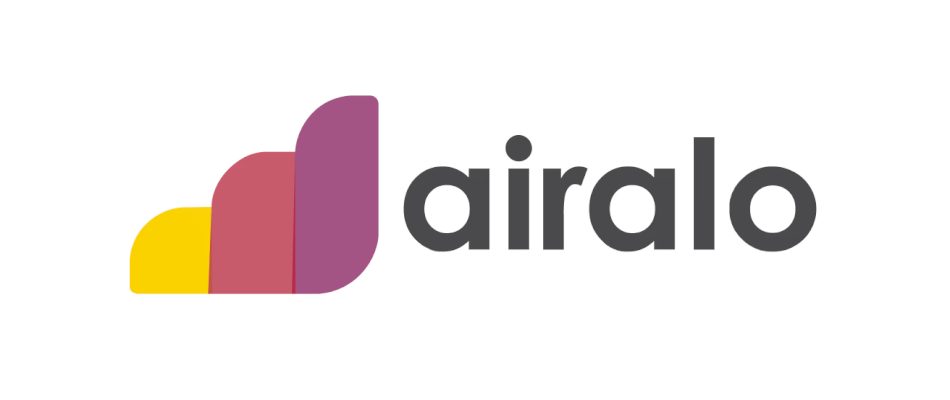
| Website | Airalo.com |
| Pricing | Starts at $4.50 for 7 days |
| Platform compatibility | Android and iOS |
| Number of countries | 190+ |
| Supported mobile networks | 3G, 4G, and 5G |
| Are phone calls allowed | Yes but with the Discover+ Global eSIM only |
| Is mobile hotspot supported | Yes |
Need a provider that rewards its loyal customers? Then Airalo may tickle your fancy.
Everything from setting up to using the app is a breeze (as you should expect out of an eSIM). No surprises here — Airalo has been around since 2019, meaning it had time to iron out any kinks.
There aren’t many drawbacks either, the only one being that phone calls are available solely in the global plan. Otherwise, you’re getting first-rate performance at a reasonable price and ultra-dedicated customer support.
The real fun begins when you consider the pricing structure.
Pricing
Similar to Saily, Airalo is very flexible, making it a viable option for short and long trips, as well as different types of users.
A 1GB 7-day plan goes for $4.50, while a 15-day 2GB plan is $6.50. If this seems too little, a 3GB 30-day plan priced at $8.50 or a 30-day 5GB plan costing $11.50 may be a better fit. Moving up, a 30-day 10GB plan costs $18.00, and a 30-day 20GB at $26.00 option is ideal for data hogs.
To top it off, Airalo offers an interesting loyalty program that will help you save even more money on subsequent purchases, which is good news for frequent travelers.
+ Pros
- Over 190 locations
- Simple installation process
- Flexible plans
- No contracts
- 24/7 customer support
- Affordable pricing
- Interesting loyalty program
– Cons
- Voice and SMS support are limited to the global plan
- Connectivity issues in some locations
3. Ubigi — Most flexible plans
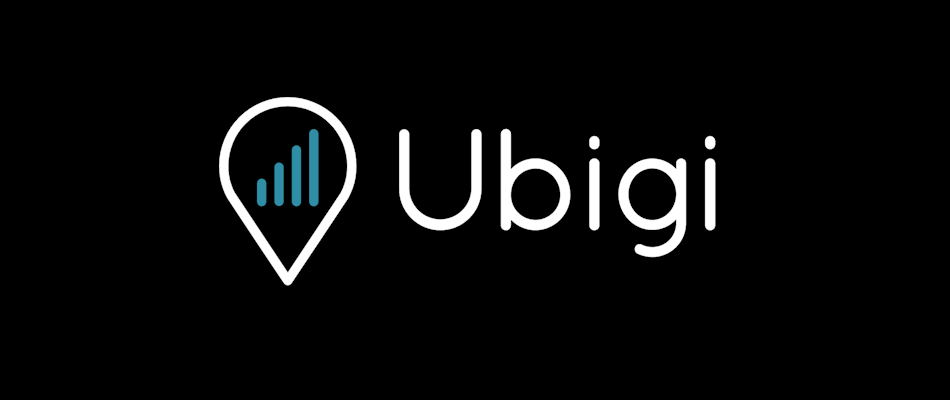
| Starting price | Starts at $2 per day |
| Platform compatibility | Android, iOS, Windows, supported vehicle infotainment systems |
| Number of countries | 200+ |
| Supported mobile networks | 3G, 4G, 5G |
Ubigi eSIM is a quirky choice. Looking through its website, the company harkens back to the designs of the late 2000s. However, as the old adage goes — never judge a book by its cover. Ubigi is one of the most reliable providers out there, catering to users of various needs and different devices — from phones and laptops to entertainment systems in cars.
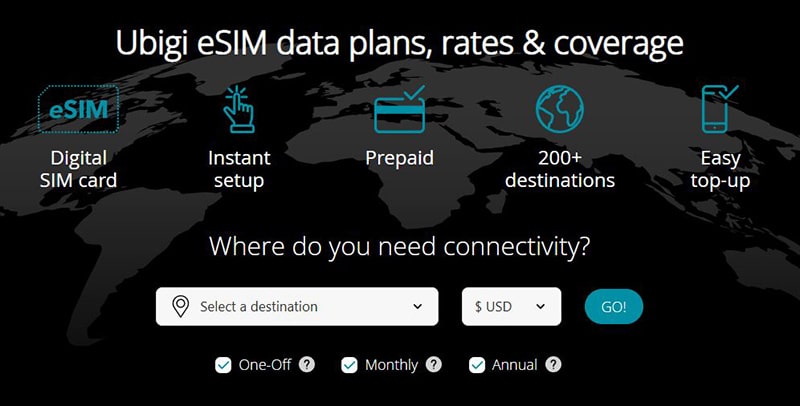
Although it lacks phone call support, Ubigi more than makes up for it in other areas. Just as you’d expect, customer support will be there for you when you need it, the app is very intuitive, and it takes a few minutes to get started with a data plan.
Pricing
Ubigi is a total winner in terms of overall flexibility. Why?
It offers a multitude of options through “one-off” plans, along with the option of annual plans for longer tours. Ubigi also offers an unlimited plan at a considerably more wallet-friendly price point than some other competitors (ahem, Holafly).
A 1GB 30-day plan is just $4, with a 15-day version with 3GBs going for $8. There’s also a 10GB plan lasting 7 days priced at $14 (a 30-day plan with the same amount of data is $19), with a slew of larger 30-day plans such as 25GB and 50GB priced at $34 and $64.
An unlimited 7-day plan is $28, and for lengthier stays, there’s a version lasting 30 days priced at $74.
If you plan on staying in Japan for a full year (we can’t blame you), you have the choice of a 24GB annual plan that provides you with 2GB of data per month and a 60GB version with 5GB per month. The former costs $36 and the latter is valued at $92.
Now that’s what we call flexibility!
+ Pros
- Available in 200+ destinations
- Easy to use
- Affordable
- Intuitive UI
- Available for internet-enabled cars
- Mobile hotspot support
- Data for different locations is easy to top up
– Cons
- Data-only (no phone calls)
- Low amounts of data with shorter plans
4. aloSIM — Best for voice calls
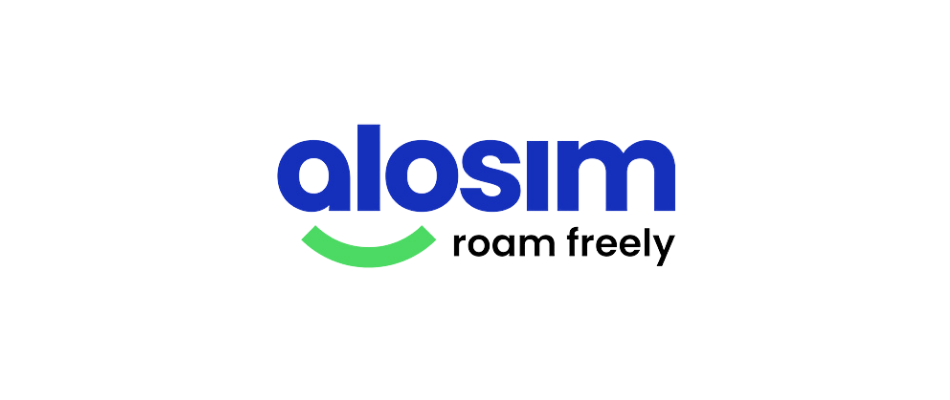
| Starting price | $4.50 for local 7 days |
| Platform compatibility | Android and iOS |
| Number of countries | 175+ |
| Supported mobile networks | 5G, LTE |
aloSIM is routinely featured in our best eSIMs lists for a good reason — it’s by far the best eSIM with traditional voice call and SMS support.
Created by the company behind Hushed (a popular temporary number service), the inclusion of this functionality isn’t at all surprising. As soon as you buy a data plan with aloSIM, you’ll also receive a complimentary phone number.
It’s not just voice calls, though. aloSIM is synonymous with quality and you’ll be hard-pressed to find any flaws in its offering. The app is super simple and if you run into any issues, aloSIM’s support is always there to assist you.
Pricing
Considering that aloSIM comes with a free phone number, this eSIM is a total steal.
1GB of data (7 days) is $4.50, while a 15-day 2GB plan is priced at $6.50. The most popular plan has 3GB (valid for 30 days) and costs $8.50, with a 5GB option standing at $11.50. If the largest 30-day 20GB plan ($26) isn’t “strong” enough for you, you can also snag a 10-day unlimited plan for just $35!
+ Pros
- Comprehensive network (175+ countries)
- Mobile hotspot support
- Voice call support through a Hushed phone number
- User-friendly app
- 24/7 customer support
- Ability to top up more data
– Cons
- No global plan
Honorable mentions
As we said in the beginning, the eSIM industry is bustling. Besides the top four best eSIMs for Japan, there are other viable solutions you should consider.
Though Ubigi and aloSIM offer unlimited plans, you should check out Holafly in case you want another option that’s all about unlimited data. Do note that, as our dedicated Holafly review shows, its pricing is VERY steep.
If you’re obsessed with scouting for discounts, look into Nomad as it always has some exciting offers — our Nomad review is a good starting point to get a better idea of this provider.
For some extra perks, Jetpac may be worth a glance. Read our Jetpac review to learn more about goodies like the SmartDelay lounge pass.
eSIM activation and installation
Setting up an eSIM is a painless process that takes just a few minutes. After obtaining a data plan through your provider’s website or app, you’ll receive a QR code via email or within the app itself.
Scanning the QR code
To proceed, you’ll have to scan the QR code. There are two ways to go about this: either open the QR code on another device and use your regular scanner app or take a screenshot of the QR code and scan it using a QR code app that can scan images.
Troubleshooting tips
In most instances, scanning the QR code will automatically install the eSIM. If you do run into problems, navigate to the provider’s website and look for manual installation instructions. You always have the option of contacting 24/7 customer support through the live chat on the website, if any other issues pop up.
eSIM compatibility and device support
The only requirement for taking full advantage of an eSIM is a mobile device that supports this technology. Sadly, not all phones fit the bill.
Supported devices
Most newer phones are eSIM-compatible. This includes Apple devices such as iPhones (all models 11 and up, SE2, SE3, and XS Series) and iPads, as well as plenty of Android phones from manufacturers like Samsung, Oppo, Motorola, Huawei, Xiaomi, and the latest models in Google’s Pixel series.
Check compatibility
Not sure if your device supports eSIMs? We suggest you quickly check your mobile device’s cellular/mobile data settings to see if you can find an eSIM option. Alternatively, you can also look up your exact model on Google to be sure before you pay for an eSIM data plan.
Data usage tips for travelers
No matter how careful you are (or how big of an eSIM plan you buy), it’s easy to burn through data these days. Here are some things you should do to save valuable GBs.
Download offline maps
You’ll probably rely heavily on Google or Apple Maps during your trip to Japan, which is perfectly reasonable. Nonetheless, this will also quickly drain your eSIM plan.
The quick fix is to download offline maps prior to your arrival in Japan, and your eSIM data will last much longer.
Keep track of data usage
To steer clear of unpleasant surprises, keep a close eye on your data expenditure in the app. This is an easy way to avoid going overboard, or at least to find the right time to add a few extra gigs of data (because most providers allow you to do this hassle-free).
Summary: Find the best eSIM for Japan
This article will drastically shorten your quest to find the perfect Japanese eSIM. Sure, playing it safe and going for Saily (as it’s a good all-rounder) is completely okay, but other providers may be a better match for you.
Do you need unlimited data or require phone call support? You may also want a few extras to justify your purchase — all of the things we mentioned will ultimately help you decide on which company you’ll give your money and trust to.
Regardless of whom you pick, an eSIM is the most flexible and cost-effective way to get data when traveling to Japan. You can easily find a plan that suits your online requirements and trip itinerary, allowing you to enjoy a truly seamless traveling experience.
Other eSIM guides:
- Saily Review
- Airalo Review
- Jetpac Review
- Nomad Review
- aloSIM Review
- Holafly Review
- Ubigi Review
- Best eSIM Providers
- Best eSIM for Europe
- Best eSIM for USA
- Best eSIM for International Travel
Frequently Asked Questions
How do I activate an eSIM in Japan?
To start, download your eSIM app of choice, get hold of a plan, scan the QR code, and you’re all set. When you arrive in Japan, simply turn on mobile data to complete the activation and connect to the internet.
What devices support eSIM technology?
Devices that support eSIM technology include the most recent iPhones, Samsung smartphones, Google Pixel devices from Pixel 3 onwards, and newer models from other manufacturers.
Are there any data limits on unlimited eSIM plans?
Sadly, local cellular providers may throttle your speed to keep your data spending in check, even if you have an unlimited eSIM plan.
Can I use an eSIM on multiple devices?
While you can’t use an eSIM on multiple devices simultaneously, most major providers allow you to share your plan via tethering or a hotspot.
How reliable is eSIM connectivity in rural areas of Japan?
Due to Japan’s solid network infrastructure, you can expect reliable and fast connections even when visiting more rural areas.
This Best eSIMs for Japan guide was last updated on February 28, 2025.

Leave a Reply